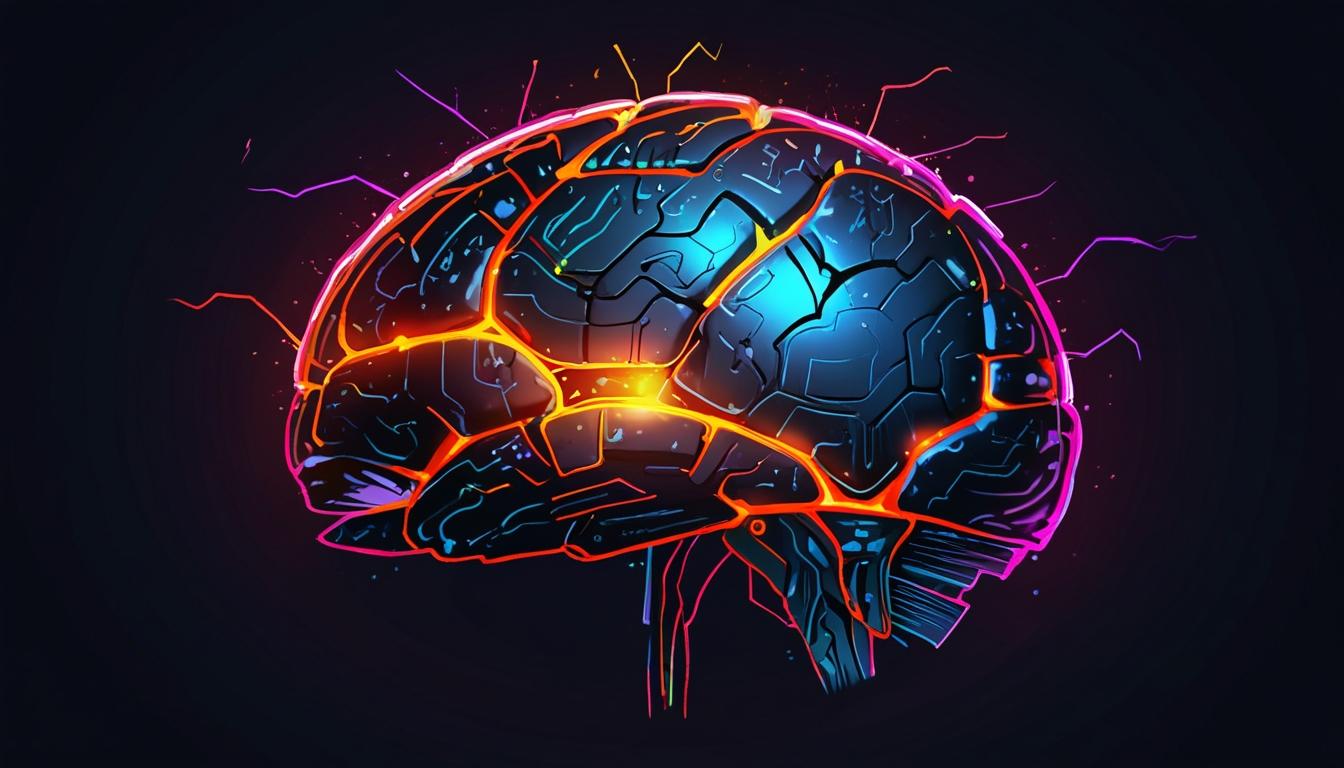On Tuesday, Alibaba unveiled the third generation of its Qwen family of artificial intelligence models, introducing multiple versions distinguished by their parameter counts. The largest of these models boasts 235 billion parameters and, according to Alibaba, has surpassed the performance of DeepSeek-R1 and OpenAI’s o1 reasoning models. The company highlighted that a smaller, more efficient variant containing 600 million parameters could potentially operate on a smartphone, an assessment supported by some AI experts.
Following Alibaba’s release of Qwen3 to the open-source AI development platform Hugging Face, Tesla CEO Elon Musk announced on his microblogging site X that his startup, xAI, would be rolling out an early beta version of Grok 3.5 to SuperGrok subscribers, who receive premium access to the Grok chatbot. Musk described this iteration as a breakthrough, stating, "It is the first AI that can, for example, accurately answer technical questions about rocket engines or electrochemistry."
The event occurs in the context of a rapidly intensifying AI competition triggered earlier this year by the launch of the DeepSeek-R1 model in January. This move set off a wave of accelerated AI model releases focused heavily on improving energy efficiency. The DeepSeek series, notable for their balance of low cost and high performance, have challenged assumptions about the dominance of the US AI industry, signalling a shift in global technological leadership dynamics.
Alongside Alibaba, major Chinese technology corporations including Baidu, ByteDance, and Tencent Holdings have updated their foundational AI models within the past three months. These new releases are approaching or matching the capabilities of leading American AI models such as Google’s Gemini 2.5 Pro, OpenAI’s o3 and o4, and Meta Platforms’ Llama 4.
The South China Morning Post reports that this accelerated development reflects a broader global trend where energy efficiency and accessibility are becoming critical metrics in AI progress, underpinning new technological strategies in both Asia and the United States.
Source: Noah Wire Services
